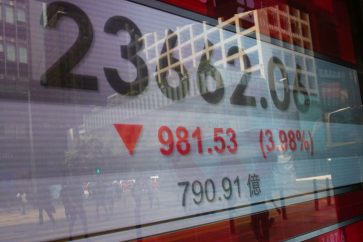The U.S. dollar experienced a decline on Friday following data indicating a modest rise in December inflation, affirming expectations for the Federal Reserve to proceed with interest rate cuts by mid-year. Despite this, the dollar was set to record gains for the fourth consecutive week. The dollar index, represented by DXY, was down 0.3% at 103.25.
The Personal Consumption Expenditures (PCE) price index showed a 0.2% increase last month, in line with consensus expectations. The annual inflation rate remained below 3% for the third consecutive month, aligning with the Fed’s 2% inflation target. Analysts noted that the improving inflation trajectory provides the Fed with flexibility to cut rates in the coming year.
Jeffrey Roach, Chief Economist at LPL Financial, emphasized that although the inflation outlook is improving, the Fed should not declare “mission accomplished,” as temporary disruptions in shipping might lead to a temporary uptick in goods inflation.
Currency analysts at MUFG highlighted a mixed picture for monetary policy based on U.S. economic data, casting doubt on the Fed’s potential easing cycle by March. However, the market is fully pricing in the first rate cut to occur at the May meeting, with about a 91% probability.
In other currency pairs, the greenback rose 0.1% against the yen to 147.825 USDJPY. The euro experienced a 0.2% increase at $1.0867 EURUSD, rebounding from a six-week low and ending the week down 0.6%, marking its worst weekly performance since October.




 By:
By:





